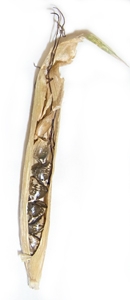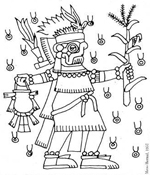Corn history and breeding
The history of Corn began 9000 years ago in Mexico, in the « Rio Balsas » valley, within the « Sierra Madre del Sur ».
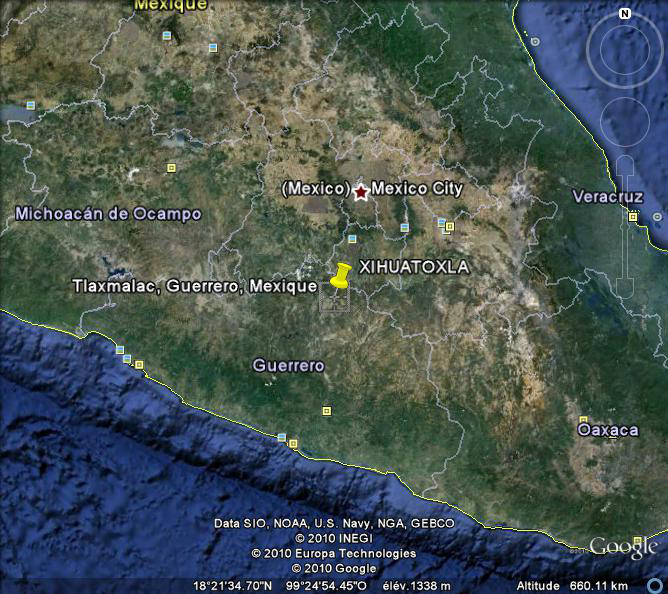
At that time the hunter gatherers would eat the small kernels of a wild plant that we call Teosinte.
Through the centuries they modified this plant to make the maize which eventually became the basic food of all the native Central American civilizations : Toltecs, Olmecs, Mayas, Aztecs, Chimus, Nazcas, Incas.
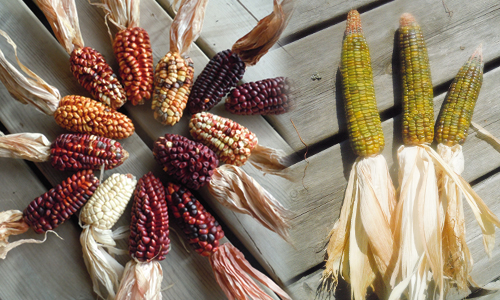
The native farmers demonstrated extraordinary creativity to adapt the maize to their migrations : from the highlands of Mexico to the Andes, theYucatan lowlands, the Caribbean and much later the temperate plains of North and South America.
When Europeans arrived in the Americas, they found maize adapted to all climates from Canada to Argentina and diversified into flint or floury, sweet, popping, white, yellow, blue, red etc.
The adaptation to Europe, Africa and Asia was consequently easily facilitated. Our farmers replaced part of their ancestral cereals by this more productive newcomer. Applying the very simple method of « mass selection », they created thousands of varieties adapted to their climate and food habits. These became the French « landraces » or « populations » that Pro-Maïs and INRA breeders have carefully preserved.
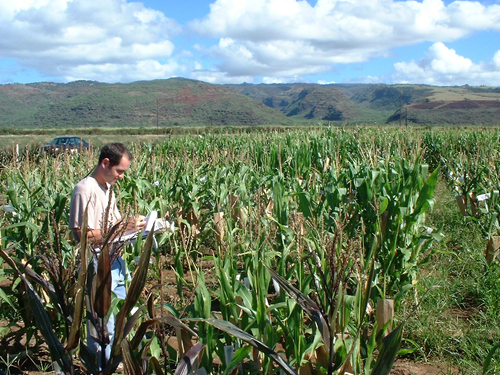
Maize breeding started in the USA during the nineteenth century with the creation by farmers of improved populations, the « Corn Belt dents ».
They did not succeed to improve the yield of the crop. The « F1 hybrid » revolution, allowed by the scientific discoveries of Mendel and Darwin, later enabled a greater potential of this plant.
In France, since 1950, the acreage and the yield of maize have been multiplied by 8 !
Maize now covers 160 millions hectares in the world. Even if it is number three in acreage behind wheat and rice, it is by far number one in production with close to one billion metric tons produced, thanks to its average world yield of more than 5 t/Ha.
Other useful websites exist on this topic :
http://www.gnis-pedagogie.org/mais-intro-marche-donnee-economique.html
http://fr.wikipedia.org/wiki/Ma%C3%AFs
- Consequences of geographic origin and domestication of maize on its biodiversity and climatic adaptation
The knowledge of the geographic origin of maize is crucial to understand how man could domesticate the plant and then adapt its use on much of the world’s cultivated land.
- Botanical origin and biodiversity of maize: consequences for its productivity and nutritional value
The amazing modifications which led to the maize plant determined its world success. Nevertheless, those modifications are so important that for a long time we no longer could identify the wild ancestor of maize. On the other hand, those modifications had major consequences on the future of this plant.
- The long geographical expansion of maize: consequences on its biodiversity
For over 7500 years, maize was moved by man throughout the inter-tropical area of central America. It moved from its original mountains to the plateaus and plains of the Yucatan and the Caribbean Islands. It then moved to the Andes mountains.
Maize had already been cultivated in year 3000 BC by ancestors of the great Mochica Chimu and Nazca civilizations on the desert coast of the Pacific !
- The movement from landraces to F1 hybrids of pure lines, called « hybrids »
The difference between a landrace (= open pollinated population) and a « hybrid », two types of varieties from the same species is difficult to explain to the public, because the « hybrid » word is often wrongly used and misunderstood...
- The hybrid fact
- Contribution of modern breeding to a durable agriculture
What have maize breeders achieved since 1950 in France ?
- Bibliography


